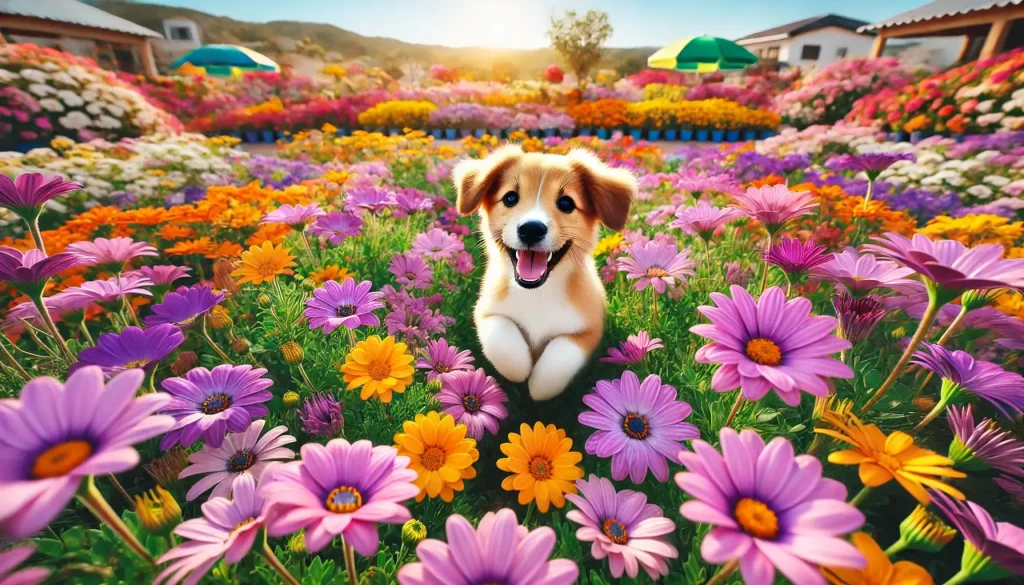Bee balm, also known as Monarda, bergamot, horsemint, or Oswego tea, is a bright and attractive flower loved by gardeners. It draws bees and butterflies, making gardens more vibrant. Pet owners often wonder if this plant is safe for their cats and dogs. Research suggests that bee balm is non-toxic to both.
Is Bee Balm Safe for Cats?
Experts agree that bee balm does not harm cats. Great Garden Plants and Garden Design confirm its safety. Plant Addicts even states that bee balm is edible for humans and safe for pets. However, eating too much plant material can cause mild stomach upset. The strong scent and taste might attract some cats, but there is no danger in them nibbling on it. Hartz, a well-known pet care company, also lists bee balm as safe for cats.
The ASPCA’s toxic plant list does not mention bee balm. Since they list lemon balm, a related plant, as safe for cats, it suggests bee balm is likely safe too. However, FitBark gives conflicting information, saying the ASPCA considers bee balm unsafe for cats. This statement contradicts multiple sources, making it an exception rather than a rule.
Is Bee Balm Safe for Dogs?
Similar to cats, bee balm is also considered safe for dogs. Many trusted sources, including Great Garden Plants, Garden Design, Plant Addicts, and Hartz, confirm its safety. Graceful Gardens even lists bee balm as a dog-friendly flower.
The ASPCA does not list bee balm as a toxic plant for dogs. Like with cats, the ASPCA marks lemon balm as safe for dogs, suggesting that bee balm is likely safe too. FitBark agrees that bee balm is non-toxic to dogs. However, as with all plants, eating too much may cause mild stomach upset.
Summary of Findings
Most sources agree that bee balm is safe for both cats and dogs. Below is a summary of findings:
| Source | Safe for Cats? | Safe for Dogs? | Notes |
|---|---|---|---|
| Great Garden Plants | Yes | Yes | Advises against plant consumption in general. |
| Garden Design | Yes | Yes | Mentions its herbal qualities. |
| Plant Addicts | Yes | Yes | Safe for humans and pets. |
| Hartz | Yes | Yes | Lists bee balm as a safe herb. |
| Graceful Gardens | N/A | Yes | Lists bee balm as a dog-friendly plant. |
| N/A | Yes | Users report no harm to dogs. | |
| ASPCA | Not listed as toxic | Not listed as toxic | Lemon balm (related) is safe. |
| FitBark | No (conflicting) | Yes | Claims ASPCA states it’s unsafe for cats. |
| Garden Design | Yes | Yes | ‘Jacob Cline’ variety is safe. |
| Great Garden Plants | Yes | N/A | Lists it as a cat-friendly plant. |
| Plant Addicts | Yes | Yes | Lists it under pet-safe perennials. |
Potential Risks and Precautions
Although bee balm is non-toxic, eating large amounts of any plant can cause mild stomach upset in pets. Symptoms may include vomiting or diarrhea. Additionally, pesticides and soil treatments used in gardens may be harmful if ingested. Pet owners should ensure their gardens are free from toxic chemicals.
Tips for Pet Owners
- Monitor pets if they eat bee balm or other plants.
- Call a vet if a pet shows signs of illness.
- Keep harmful pesticides away from pet-friendly areas.
- Provide pet-safe plants or toys to prevent unwanted nibbling.
Conclusion
Bee balm is generally safe for cats and dogs. While excessive consumption can cause minor digestive issues, it does not contain harmful toxins. Pet owners can safely grow bee balm in their gardens while keeping an eye on their pets. Practicing responsible pet care ensures a happy and safe environment for all.



